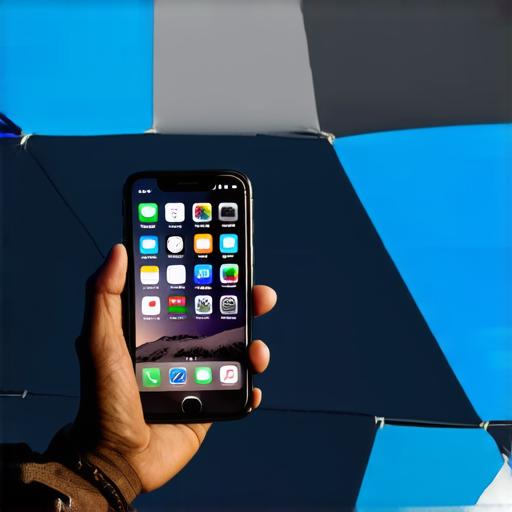The home screen is often the first thing users interact with when they unlock their iPhone or iPad. As a developer, you have the power to make sure that your app is easily accessible and stands out among the clutter of icons on the user’s device. In this article, we will explore some tips and tricks for optimizing your home screen on iOS, as well as best practices for designing an engaging and effective app icon.
Understanding the User Experience
Before you can optimize your home screen, it’s important to understand the user experience. The way users interact with your app will greatly impact its success. To create a positive user experience, you should focus on simplicity, clarity, and ease of use. Your app icon should be easily recognizable and instantly convey what your app does.
Designing an Effective App Icon
Your app icon is the first thing users see when they open their device. It’s important to design an effective icon that stands out and grabs the user’s attention. Here are some tips for designing an effective app icon:
- Keep it simple: A simple, clean design can be more effective than a cluttered or busy one. Avoid using too many colors or complex graphics.
- Make it memorable: Your icon should be easily recognizable and instantly convey what your app does. Use clear, simple language in the name of your app to help users remember it.
- Use high-quality graphics: High-quality graphics will make your icon look more professional and polished. Avoid using low-resolution images or pixelated designs.
- Test with real users: Before launching your app, test your icon with real users to get feedback on its effectiveness. You can use tools like A/B testing to compare different versions of your icon and see which one resonates best with your audience.

Optimizing Your App’s Visibility on the Home Screen
Once you have designed an effective app icon, it’s time to optimize your app’s visibility on the home screen. Here are some tips for doing that:
- Use relevant keywords: When submitting your app to the App Store, be sure to include relevant keywords in your title and description. This will help users find your app when searching for related terms.
- Create a strong app store listing: Your app’s store listing is the first thing users will see when they visit the App Store. Make sure it’s well-designed, informative, and includes high-quality screenshots that showcase your app’s features.
- Offer incentives for users to open the app: Consider offering incentives for users to open your app, such as exclusive content or discounts on in-app purchases. This can help keep your app at the top of their home screen and increase engagement.
- Use push notifications: Push notifications can be an effective way to remind users to open your app and keep it fresh in their minds. However, be careful not to overuse them or they may become irritating.
Best Practices for App Maintenance
Finally, it’s important to follow best practices for app maintenance to ensure that your app remains relevant and up-to-date. Here are some tips for doing that:
- Regularly update your app: Keeping your app up-to-date with new features and bug fixes is essential for keeping users engaged and satisfied.
- Listen to user feedback: Pay attention to user feedback and make changes to your app based on their suggestions. This can help improve the user experience and keep your app relevant.
- Monitor usage data: Tracking usage data can give you insights into how users are interacting with your app and help you identify areas for improvement.
